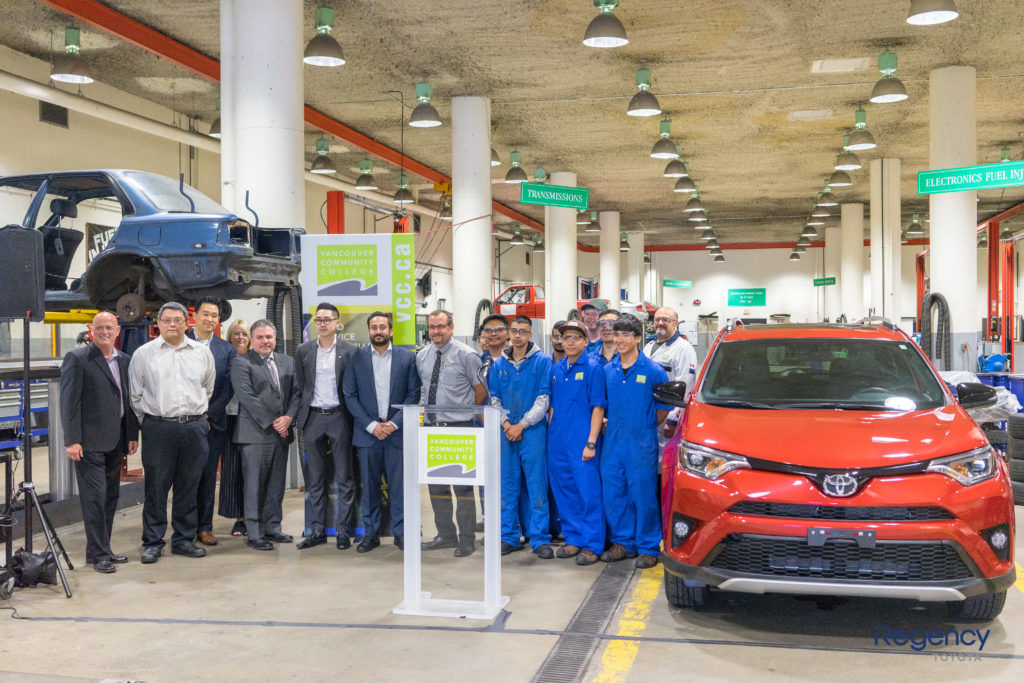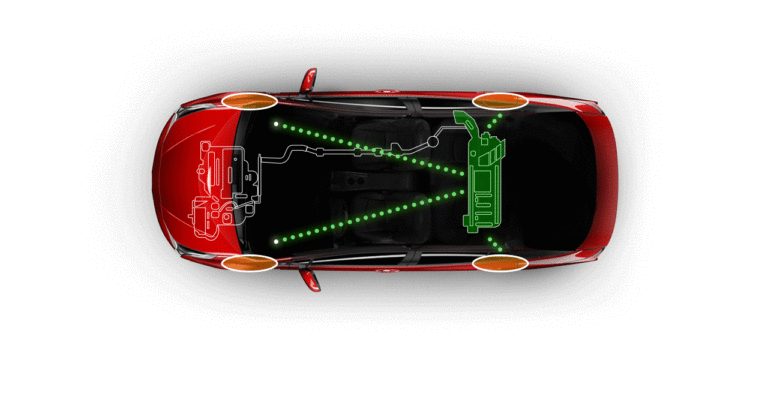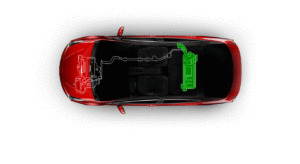An Introduction to Toyota “Hybrid” Vehicles
May 01 2018, Regency Toyota

What is a Hybrid Vehicle?
A hybrid vehicle by definition, is a vehicle that has two or more power sources. Most hybrid vehicles today have dual power sources, such as the pairing of a traditional internal combustion engine with an electric motor. Hybrid vehicles are popularly known for providing better fuel economy, cleaner and lower emissions, lower maintenance costs, and unrivalled levels of comfort and refinement—bringing benefits to both people and the planet.
Toyota Hybrid Synergy Drive
Toyota has always been the world leader in hybrid power, ever since launching the original Prius in 1997—which sold more than 10 million units in 80 countries around the world. Toyota offers more hybrids than any other carmaker and has won the most ecoENERGY Awards, which recognizes the most fuel-efficient vehicles in Canada. Toyota’s 2018 hybrid line-up consists of the Prius, Prius c, Prius v, Prius Prime, Camry Hybrid, RAV4 Hybrid and Highlander Hybrid.
Toyota’s Hybrid Synergy Drive system can operate in electric-mode only, gas-mode only, or a seamless combination of the two. A power-split device and sophisticated energy management system constantly monitors driving conditions and seamlessly manage power flops. Regenerative braking helps the battery regain charge every time you decelerate, effectively recycling energy for later us. The result is fantastic fuel efficiency without sacrificing performance—a powertrain that’s up to 70% cleaner than conventional gas engines and diesels. Here’s how Toyota hybrids work:
Starting Up
When you’re ready to drive, simply press the power button and your journey will begin—quickly and silently. In most conditions, during vehicle start-up, only the electric motor is engaged, which saves fuel and delivers instant torque, while producing zero emissions.

Accelerating and Cruising
As your need for speed increasing when merging, passing or maintaining highway speeds, the gas engine and electric motor team up to provide the ideal mix of mechanical and electrical power for smooth, seamless acceleration–all while maximizing fuel efficiency and minimizing emissions. Any excess energy created is used to help recharge the battery.

Decelerating and Braking
Take your foot off the accelerator or touch the brake pedal and the electric motor takes over—saving fuel and eliminating emissions. At the same time, the regenerative braking system kicks in, converting braking energy into electric energy to help recharge the battery.

Resting and Reversing
Come to a complete halt, and the gas engine shuts down completely—once again conserving fuel and limiting emissions. However, if the battery is running low, the gas engine intuitively starts up to provide recharging power. In reverse, and under normal circumstances, only the electric motor needs to be operational. The ability to selectively use electric-only power is one of the many reasons that Toyota hybrids are so clean and efficient.

For more information on Toyota Hybrid Synergy Drive, please visit Toyota Canada.

